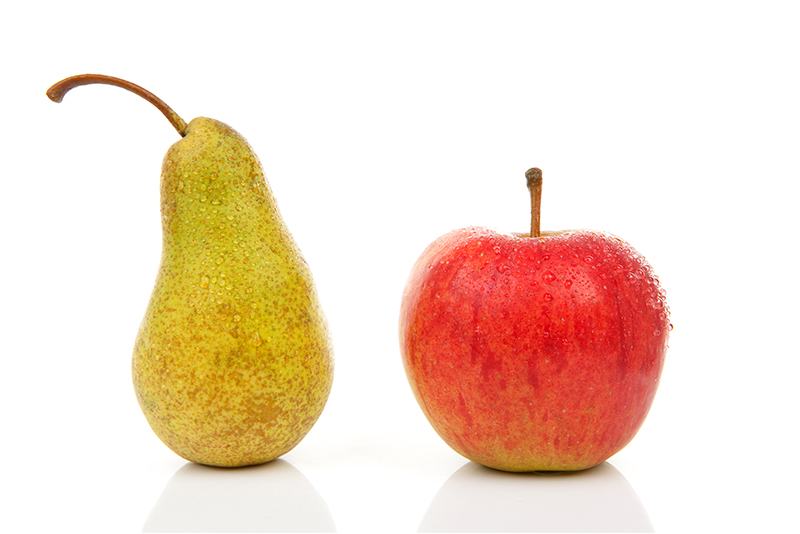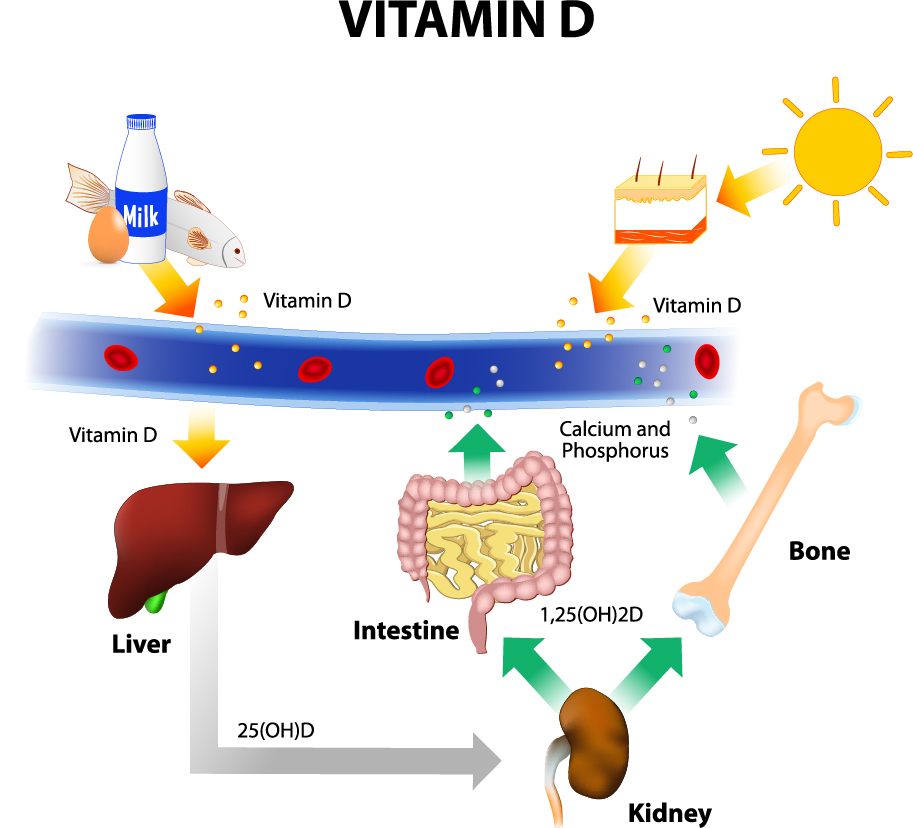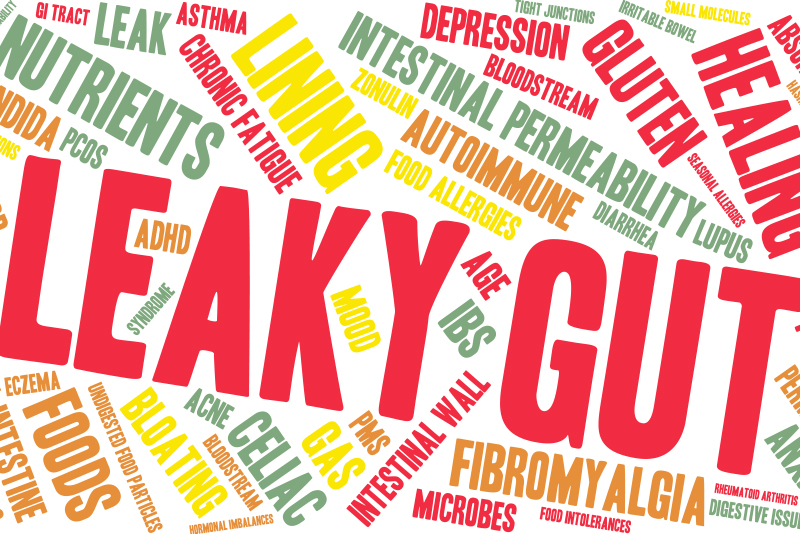Fat is stored energy. Our bodies continue to store excess energy as fat because we continue to consume more energy than we require. We don’t exercise enough to burn the energy consumed and our bodies will always try to store energy (it’s just how we’re made!).
However, all fat is not the same. Basically, there are three types of fat: brown fat, subcutaneous or white fat and visceral fat.
Brown fat is a darker and more vascularized fat that is found in newborns and more so in lean adults. It is actually more similar to muscle in origin and appearance than subcutaneous or visceral fat. The main function of brown fat is to generate body heat. When stimulated by cold temperature, brown fat can actually burn white fat for energy and heat. Research of brown fat as a fat burner and metabolism booster is ongoing and very promising.
Subcutaneous or white fat is the fat that is right under the skin as cellulite. Directed by estrogen, it usually accumulates around the hips, thighs and buttocks resulting in a pear shape. This is the type of fat that we normally lose uniformly when we diet. Subcutaneous fat poses less risk to our health than visceral fat.
Visceral fat is the fat that accumulates in our abdomen around our vital organs causing an apple shaped appearance. Leaky gut is thought to be one cause of fat accumulating here. Stress and hormones are other factors that influence our belly fat. The health consequences of visceral fat are much more serious than subcutaneous fat. People carrying a lot of belly fat are often insulin resistant and at higher risk for Type 2 Diabetes and Metabolic Syndrome as time goes by. Metabolic Syndrome is a nasty collection of conditions including: a large waistline (40 inches for men, 35 inches for women), high triglycerides, low HDL cholesterol, high blood pressure and high blood sugar that are all precursors to heart disease, stroke and diabetes. As if that isn’t bad enough visceral fat cells also release cytokines which are proteins that cause widespread inflammation. While visceral fat has the ability to influence inflammation and insulin sensitivity, we have the ability to reduce visceral fat by diet and most especially exercise. Exercise is the key to eliminating visceral fat. Diet alone will work on subcutaneous fat but diet and exercise are required to reduce visceral fat.
Once we realize the relationship among diet, exercise and Vitamin D we realize that the choice to be healthier is ours.






